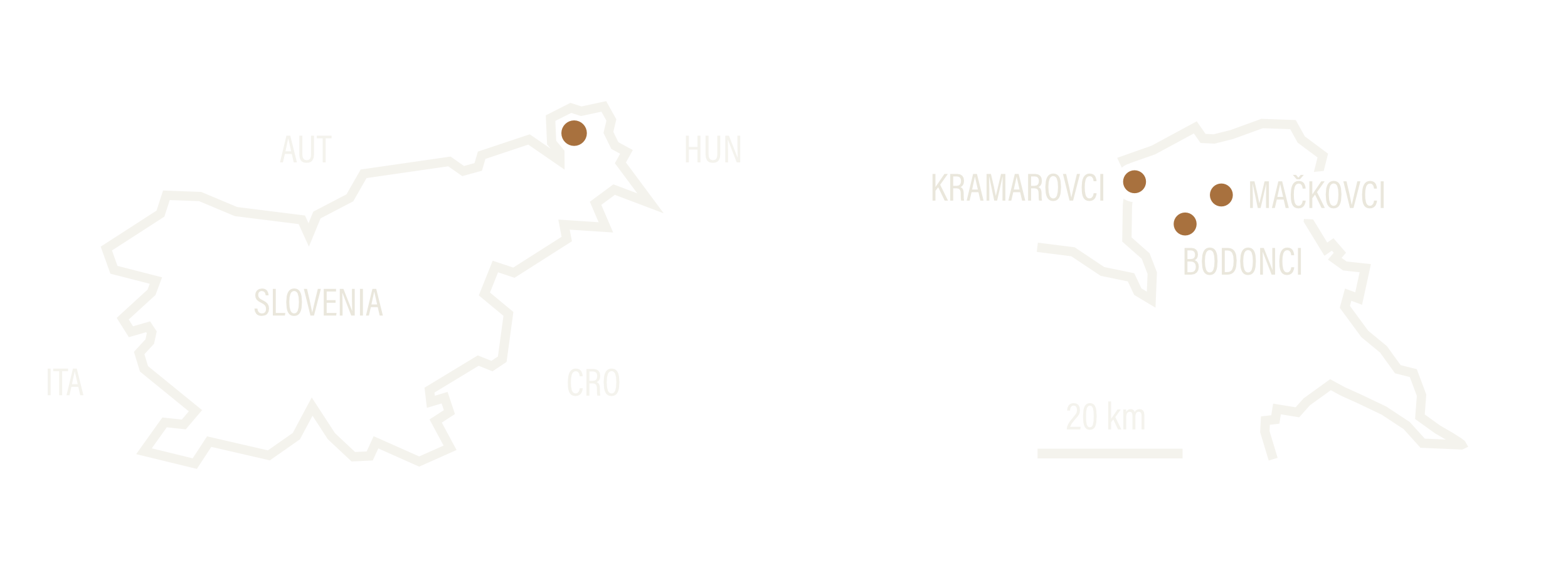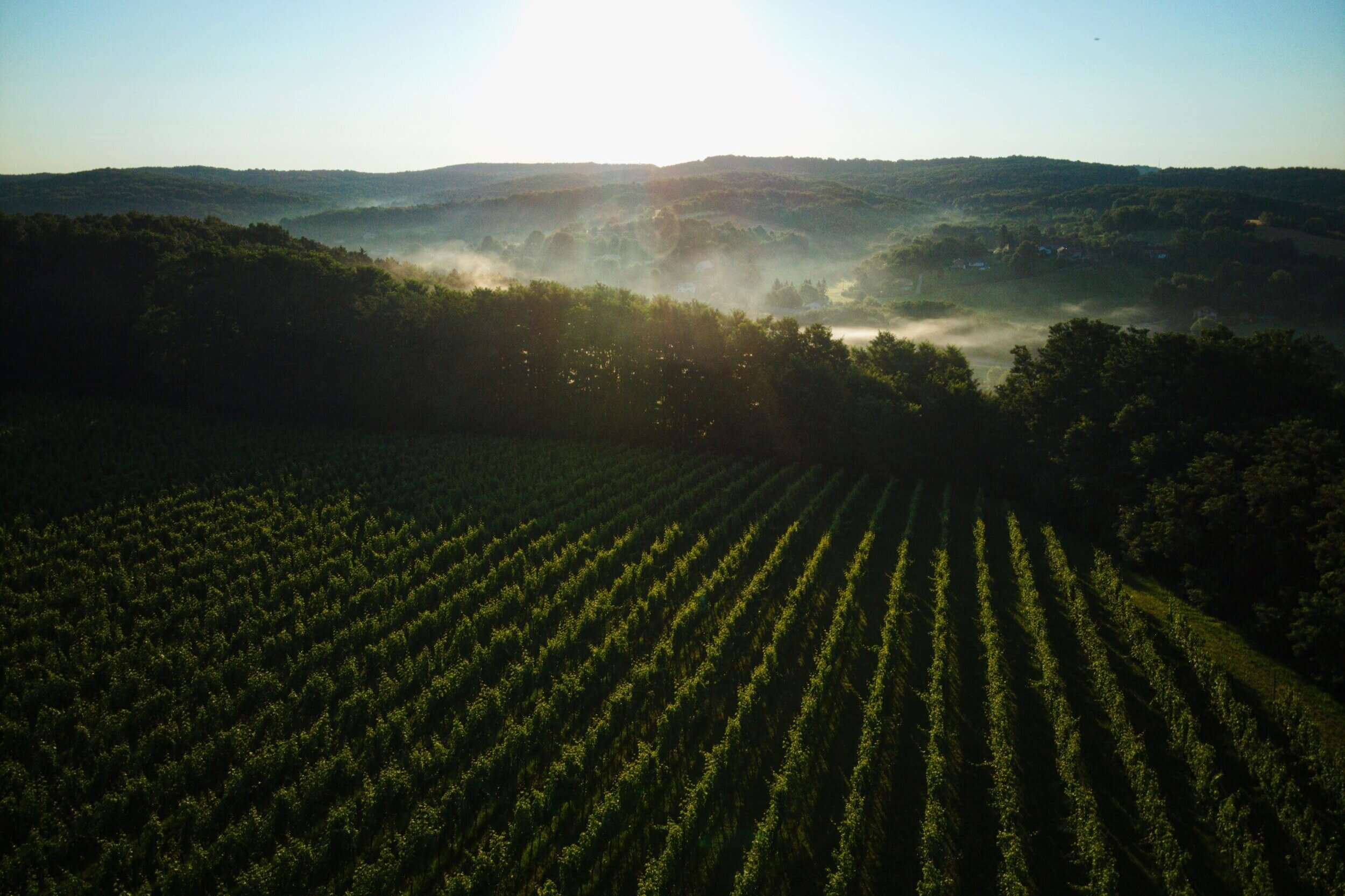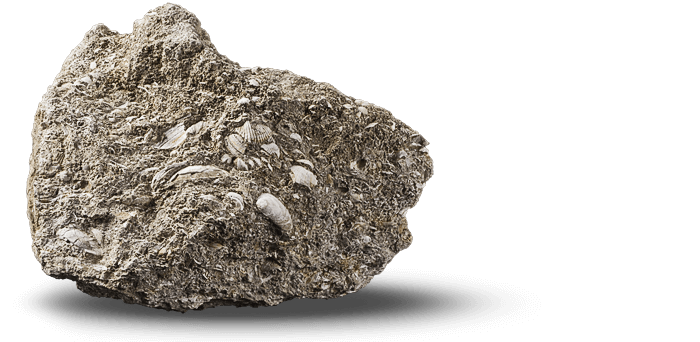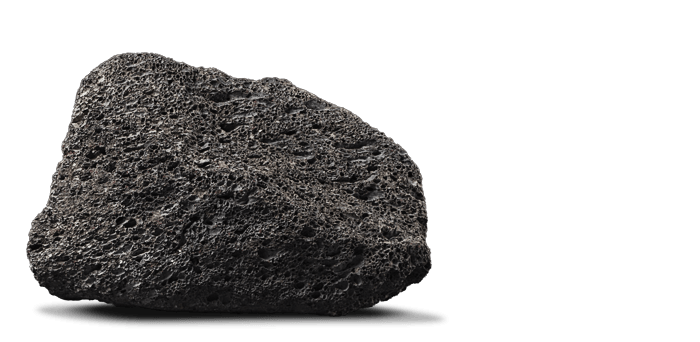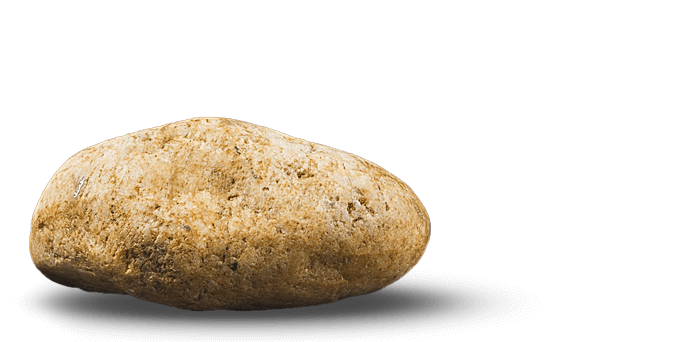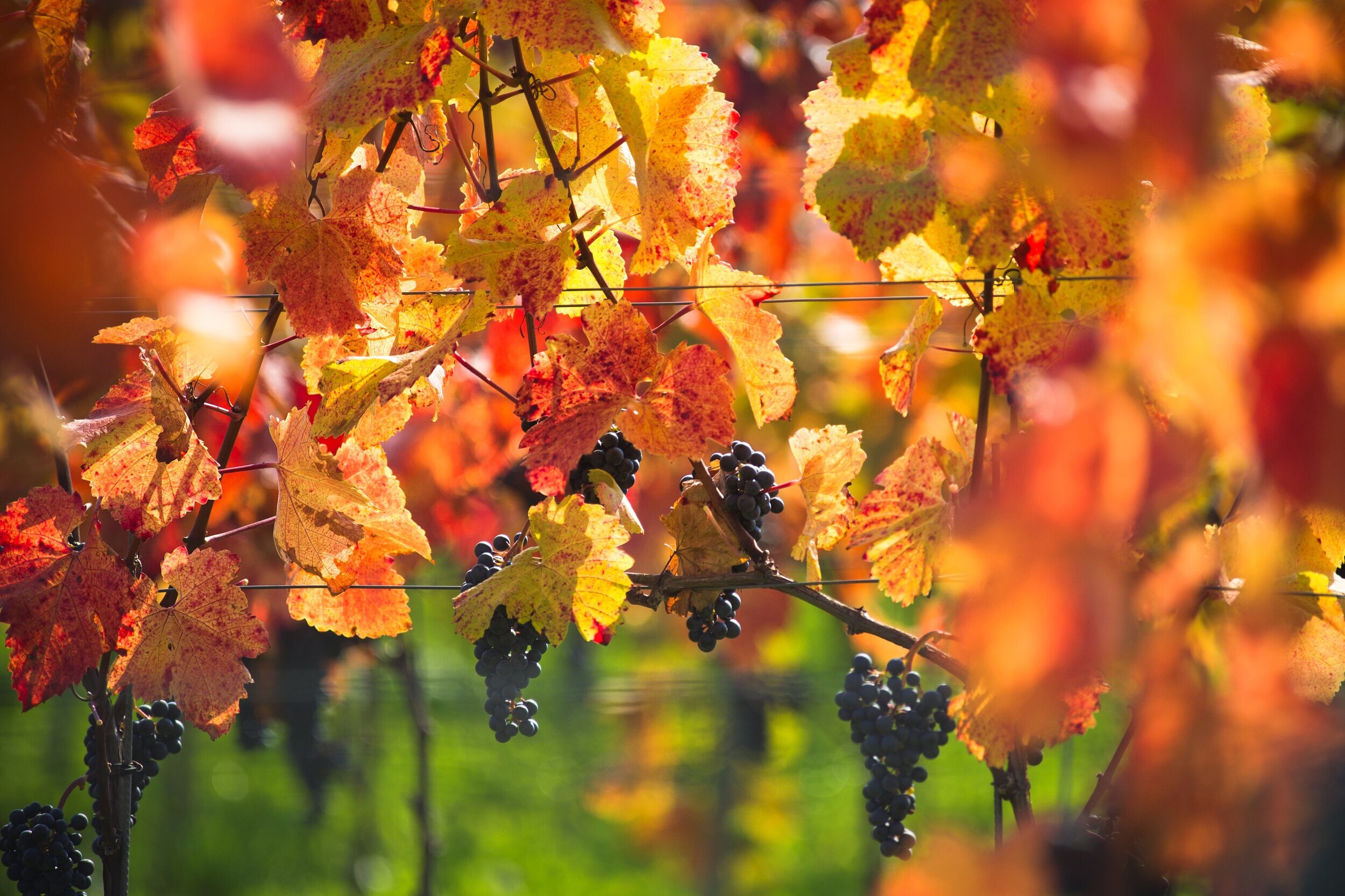The lack of vineyards in Goričko remains an unsolved puzzle for those familiar with the region.
In its physiognomy, in written sources and in various traditions we find several signs that indicate the former greater scope and importance of Goričko viticulture, observed the geographer and ethnologist Bela Sever with amazement (1936-2004) as early as 1961. As it was the case in many other places, it goes without saying that viticulture in Goričko was devastated by vine diseases. However, the question remains of why it was not restored to a similar extent. It is indisputable that the reasons for this decline were not environmental but economic and political.
In the Middle Ages, vine was grown in the proximity of churches, monasteries and castles. The oldest vineyard areas on top of ridges, which were planted between the 12th and 15th century, are characterised by the name vrej (peak). In Goričko, the land name čarda (from the Hungarian csarda, denoting an inn or a tavern) can be found, meaning a local wine market. The oldest wine cellars were built out of mud and initially served only as storm shelters with a special underground wine space. Houses were straw-covered in middle of the 19th century, only in Hodoš were they made of brick, according to the source. The cellars were mostly smaller than they are today because the primitive processing of grapes did not require much space.
Here, lush meadows are caressed by the early morning mists. Patches forests and fields are intertwined with old tall orchards, vineyards and wetlands.
In the second half of the 19th century, it seemed that the situation would change for the better, partly due to land expropriation, which turned serfs into hired workers. But there was no progress, Goričko was too far from the new centres of economy and trade. The Vienna-Trieste railway, the largest development project of the time, pushed the region even further into remoteness. Accelerated industrialisation triggered population migrations to cities. To economically more developed regions. Or even to America.
The hidden pearl at the edge of the Pannonia Plain remained practically untouched by the detrimental effects of human activity. The remote Goričko, a unique micro-region, was not polluted by industry or intense agriculture. Diversity of the landscape is mirrored in the geological composition of the soil. Slovenia's youngest Palaeozoic rocks can be found here as well as the remains of a once active volcano - basalt tuff and layers of quartz gravel, sand, marl and clay.
Mačkovci
Our photogenic gem – the vineyard is planted in a natural amphitheatre, leaning against the MAROF wine cellar. Grand cru for our Blaufränkisch, the indigenous Slovenian grape variety, is airy and sunlit.
| VARIETIES | Blaufränkisch, Merlot, Cabernet Sauvignon, Zweigelt and Welschriesling |
| PLANTING YEAR | 1981, 2007 and 2019 |
| CLIMATE | temperate continental, subpannonian |
| SOIL | quartz gravel, sandy clay |
| ALTITUDE | 280–330 m |
Kramarovci
Our northernmost location, at the foot/base/efflux of an extinct volcano. An exceptional growing area/site for the oldest MAROF vineyards planted with Chardonnay and Sylvaner. The unique microflora and microfauna are remnants of the Pannonian Sea in Goričko.
| VARIETIES | Chardonnay, Pinot Gris, Sylvaner, Riesling and Welschriesling |
| PLANTING YEAR | 1977, 1987 and 2017 |
| CLIMATE | temperate continental |
| SOIL | sandy marl with limestone intercalations, sandy marl, basalt, gravel, sand |
| ALTITUDE | 300–350 m |
Bodonci
Our warmest, south-facing vineyard location embraced by forests, gives the MAROF Sauvignon Blanc its indelible stamp. Substantial temperature fluctuations between day and night in autumn give the wine its freshness.
| VARIETIES | Sauvignon Blanc, Chardonnay |
| PLANTING YEAR | 1988 and 2007 |
| CLIMATE | temperate continental with major influences of the Pannonian Basin |
| SOIL | quartz gravel, sandy clay |
| ALTITUDE | 280–320 m |
Goričko has the lowest precipitation amounts in Slovenia, reaching their peak in the colder months of the year.
Summers and especially autumns are dry, sunny and warm periods with large temperature differences between day and night which is an excellent starting point for preserving varietal aromas.
Together with the influences of continental and Pannonia’s climates, it offers unique conditions for viticulture on lazily ascending hills (only a few reach beyond 400 metres) surrounded by forests. Nevertheless, the area of Goričko, which covers 460 square kilometres, only has less than 300 hectares of vineyards. As the area never attracted industries, nature remained intact here and Goričko has the status of a landscape park since 2003 -- the largest in Slovenia.


